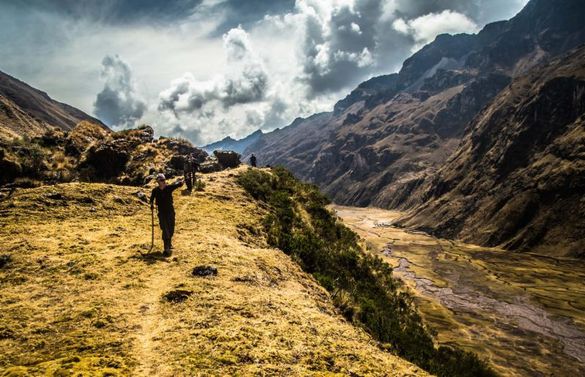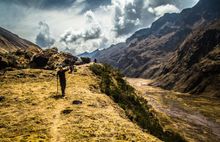 27 Apr 2016
27 Apr 2016
|
Since the inception of explora, architecture has played a pivotal role in the experience offered to travellers, enticing them to discover each destination. José Cruz Ovalle, winner of Chile's National Architecture Award in 2012, is behind the design of explora's hotels and indeed the newest, explora Valle Sagrado, opening in July 2016. From colonial frescoes to the Pumacahua Bath House, he has helped explora to restore and protect priceless pieces of history. explora Valle Sagrado will highlight the beauty of its location in the tradition of all explora hotels. explora Valle Sagrado is built on an old corn plantation in one of the most isolated farms of the Sacred Valley. It is surrounded by mountains that were once the home of the Inca Empire.
|
|
For José Cruz Ovalle, architect of the new lodge, explora Valle Sagrado, the Sacred Valley of the Incas is "nature exalted by the hand of men during centuries, with countless works, tracks and vestiges that evidence a way of doing which combines dimensions pertaining to farming." And it is in this sense that both, the hotel's location and its design, make a difference in the guests' experience.
explora Valle Sagrado has 50 rooms arranged in four bays sited on terraced cornfields in one of the area's most remote haciendas: a field of 27 hectares in Urquillos, the cradle of the Incas' largest farming area. Every room has a view over the cornfields and impressive mountains that once sheltered the most important Pre-Columbian civilization. Wandering among the Inca walls surrounding the hotel - which were recovered by explora - travellers can imagine how life went on there more than 500 years ago and how the Incas managed to seamlessly fit those rock blocks together.
During the hotel's building process, explora restored and protected pieces of history. The company recovered worn-out Inca platforms, dug up walls with more than 500 years of history, and coated the hotel walls in the traditional way with adobe and Jahuacollay hawthorn. The Pumacahua Bath House, located a few steps away from the main building, will open in October 2016. This building is an additional sample of the historical legacy found in the area. This large colonial house was built in the 17th century and belonged to one of Peru's Independence heroes, the Inca Mateo Pumacahua.
In the words of José Cruz, here "you find something occurring specifically in America: the hybridization showing up between the Inca and the conquerors' architecture after the Spanish conquest (...) where Spaniards built their work on top of the Inca platform wall itself, like in the case of Cusco."
Inside the house, visitors will be able to contemplate the colonial frescos currently being restored by experts. These painstaking steps to create explora's new destination have been made together with the Peruvian Institute of Archaeology to preserve the area's ancestral and cultural heritage.
About José Cruz Ovalle
José Cruz Ovalle, winner of Chile's National Architecture Award in 2012, has been behind the design of explora's hotels from their beginning. He began his studies in Universidad Católica of Valparaíso and then spent some years in Barcelona before establishing his practice in Santiago. Among his most outstanding works are the Expo Seville 1992 pavilion and the Universidad Adolfo Ibáñez seat in Santiago, Chile.
|
Attachments


